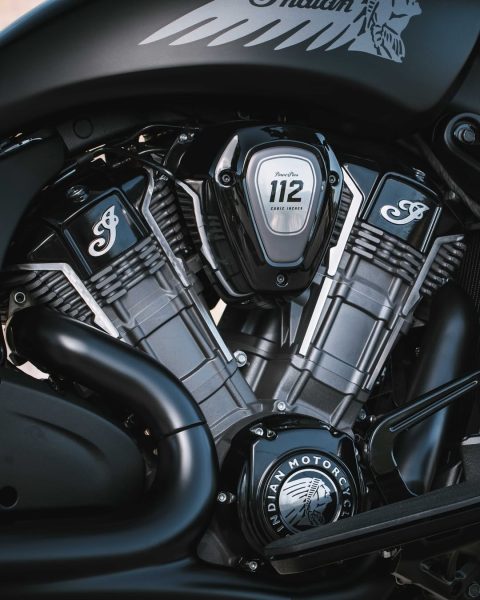Power & Performance with PowerPlus
The Indian throws the gauntlet—will Harley-Davidson respond? The PowerPlus engine by Polaris Indian represents a significant leap in American motorcycle engineering. As the most powerful engine in Indian Motorcycle’s history, the PowerPlus is a liquid-cooled, 60-degree V-twin engine available in two configurations: This engine is designed for high performance, reliability, and ease of maintenance, featuring […]
Power & Performance with PowerPlus Read More »

